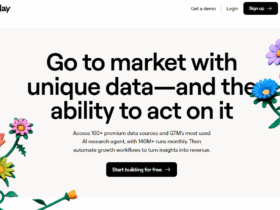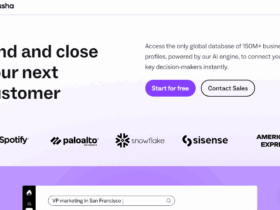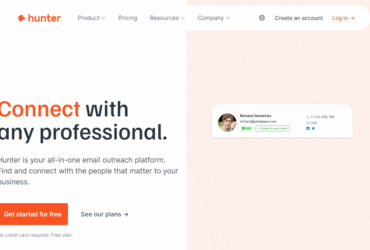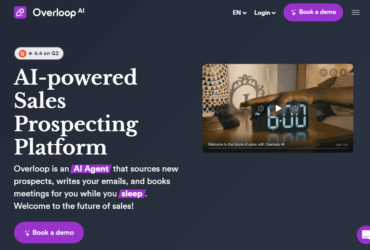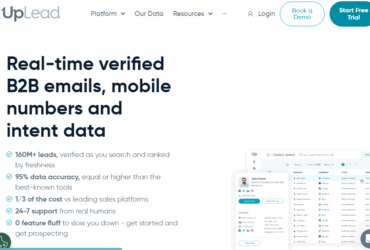Hey hey! 👋 So, if you’ve been vibin’ with The Social Cat but are now on the hunt for something new—maybe it’s the pricing, maybe it’s the features (or the lack of collabs sliding into your inbox 😩)—don’t stress. I gotchu.
I’ve spent waaay too many hours poking around every influencer marketing platform that’s worth a damn in 2025. Whether you’re a brand looking to partner with micro-creators or an influencer ready to turn likes into $$$, this roundup is for you.
Let’s spill some digital tea on the best The Social Cat alternatives this year—ranked by features, vibes, and value. 🫶
1. Mavrck – The Corporate Powerhouse

TL;DR – Big guns for big brands.
Okay, Mavrck is basically the Marvel Universe of influencer platforms. If you’re managing a massive brand and looking to team up with creators across every platform (think TikTok, Insta, YouTube, even LinkedIn), this bad boy’s got you.
What I liked:
-
Automated everything—campaigns, tracking, reporting.
-
You can find influencers based on super specific criteria (like engaged moms who love hiking and kombucha).
What I didn’t vibe with:
-
Not for the little guys. Pricing is hella high and kinda hush-hush.
-
The dashboard felt like I needed a second degree to navigate it at first.
Pros:
Insane reach
AI-powered recommendations
Killer analytics suite
Cons:
Pricey af
Complex setup
Price Range: $$$$ (Enterprise-level, not really solopreneur-friendly)
2. The Influence Room – The Soho House of Influencer Collabs
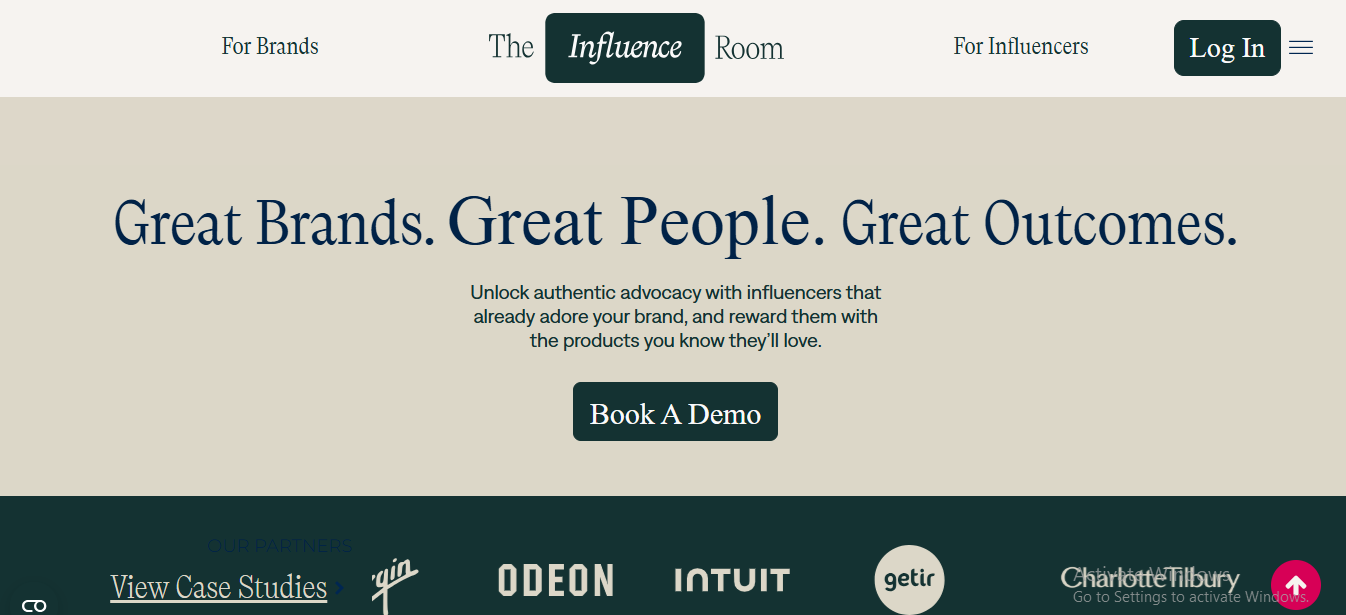
TL;DR – Classy AF, invite-only vibes.
This one’s all about creating genuine connections between brands and influencers. It feels less “transactional” and more “let’s build a relationship over brunch and espresso martinis.”
What I liked:
-
You pitch yourself to brands—big flex for influencers with creative confidence.
-
No fake follower nonsense—they vet peeps hard.
What I didn’t vibe with:
-
Limited availability unless you’re already kinda poppin’.
-
Doesn’t feel very automated—some manual effort needed.
Pros:
Relationship-focused collabs
Great for luxury brands
Clean, sleek UI
Cons:
Limited to select markets
Not ideal if you want fast, high-volume campaigns
Price Range: $$$ (Mid-to-high tier, depending on package)
3. Grin – The Shopify of Influencer Platforms
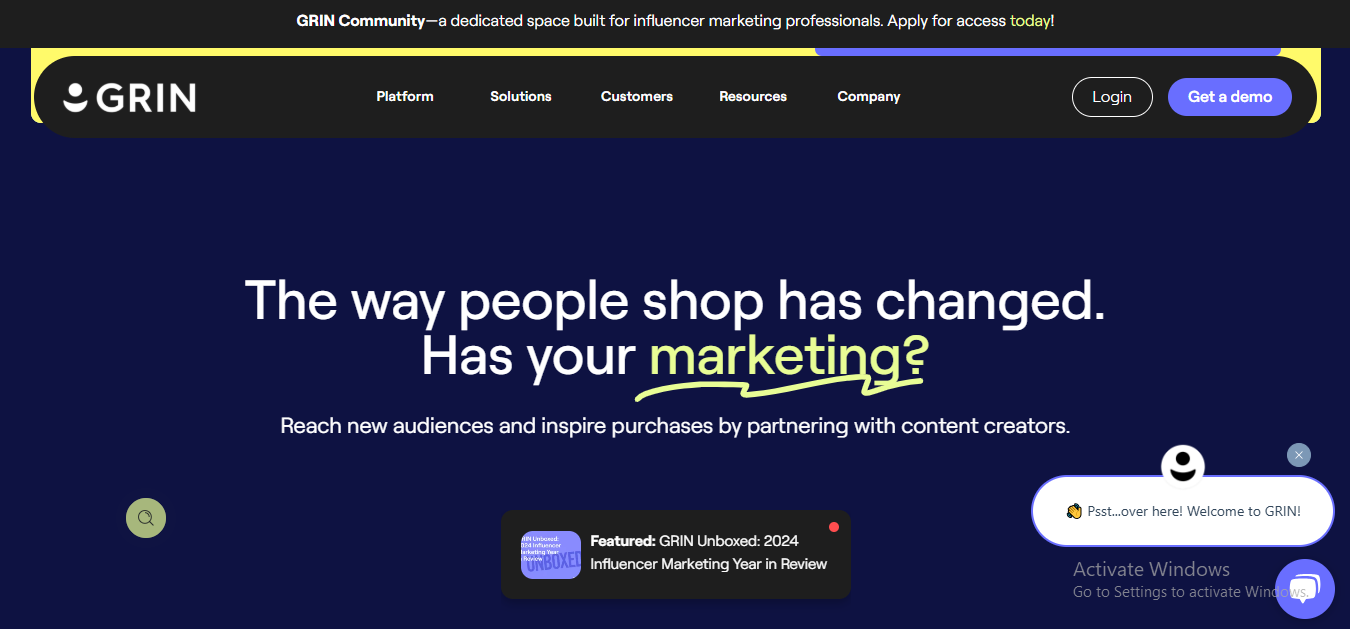
TL;DR – Built for eCommerce peeps.
Grin is an absolute fave among DTC brands. If you’re selling online and want to integrate campaigns with your store, it’s gold.
What I liked:
-
Syncs with Shopify, WooCommerce, etc.
-
Handles product seeding, shipping, and contracts in one place.
What I didn’t vibe with:
-
Steep learning curve if you’re not tech-savvy.
-
Analytics feel overwhelming at times.
Pros:
All-in-one eCom dream
Built-in CRM for influencers
Content rights manager (no more legal headaches)
Cons:
Not beginner-friendly
Pricey for small brands
Price Range: $$$
4. Influencity – The Data Nerd’s Paradise
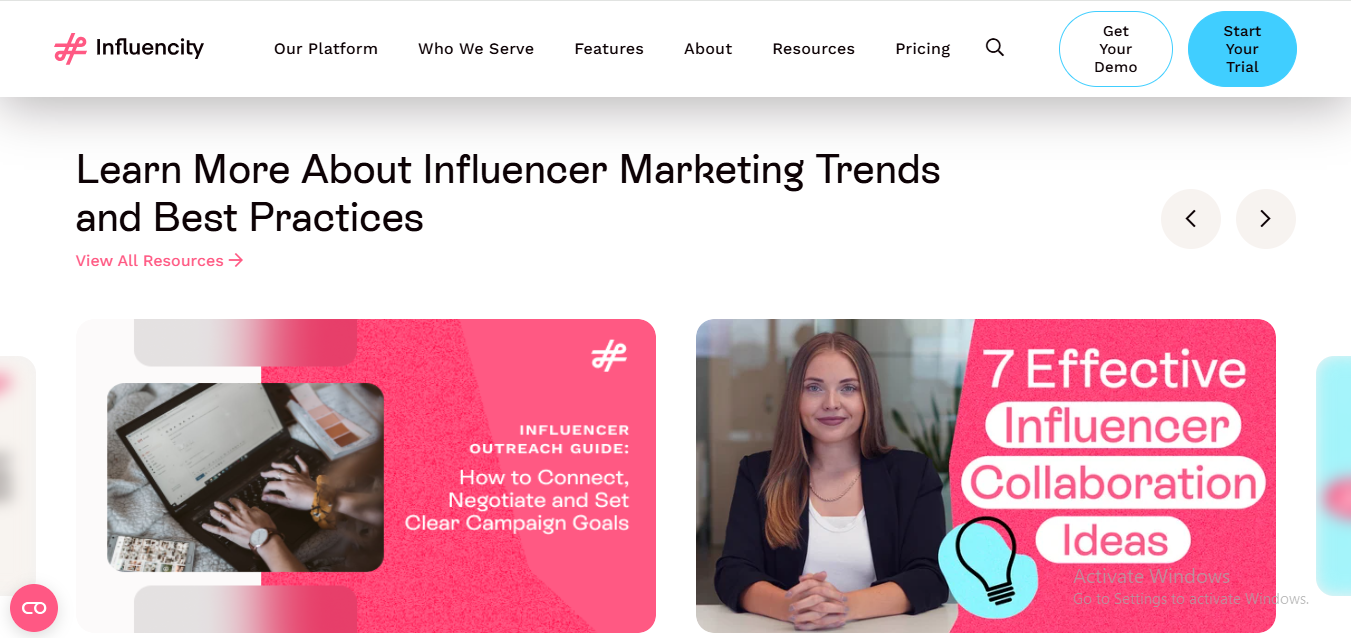
TL;DR – Like Google Analytics, but make it influencer-y.
Influencity is built for people who live for spreadsheets. If you’re a marketing pro who loves slicing data 47 ways before a campaign, this one’s for you.
What I liked:
-
Wildly accurate audience demographics.
-
You can simulate campaign results before launching.
What I didn’t vibe with:
-
UI is a lil’ too nerdy—not very pretty.
-
Doesn’t feel personal—it’s all numbers.
Pros:
Predictive campaign tools
Super detailed profiles
Custom reporting
Cons:
Not creative-focused
Not ideal for fast-moving, trend-based campaigns
Price Range: $$
5. Hashtag Paid – The Collab King
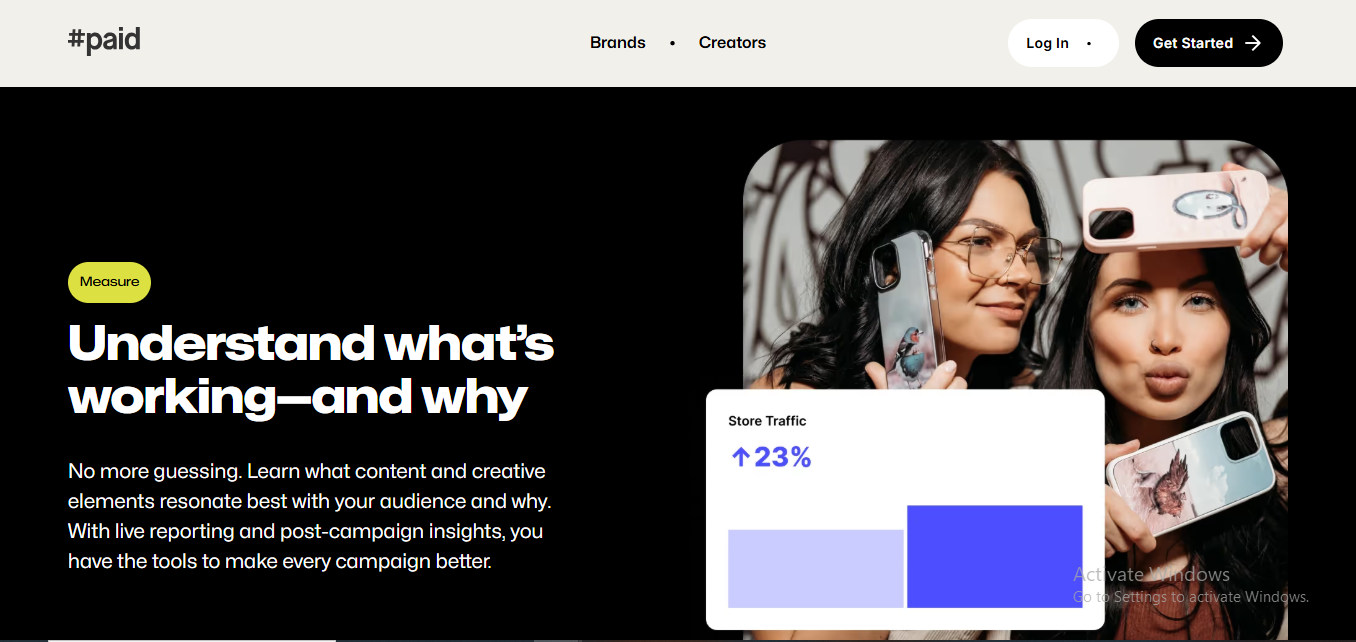
TL;DR – Speedy campaigns with a big pool of vetted creators.
This one is mad good for brands that wanna go from “Hey, let’s do a campaign” to “Wow, it’s already live?!” in like a week.
What I liked:
-
You choose from pre-pitched creators who actually want to work with you.
-
Instagram + TikTok creators = chef’s kiss.
What I didn’t vibe with:
-
Some influencer content felt a bit formulaic.
-
Slightly limited to North America.
Pros:
Creators pitch themselves
Smooth onboarding
Fast turnaround
Cons:
Regional limitations
Somewhat templated campaigns
Price Range: $$
6. Lolly – The Gen Z Party Zone
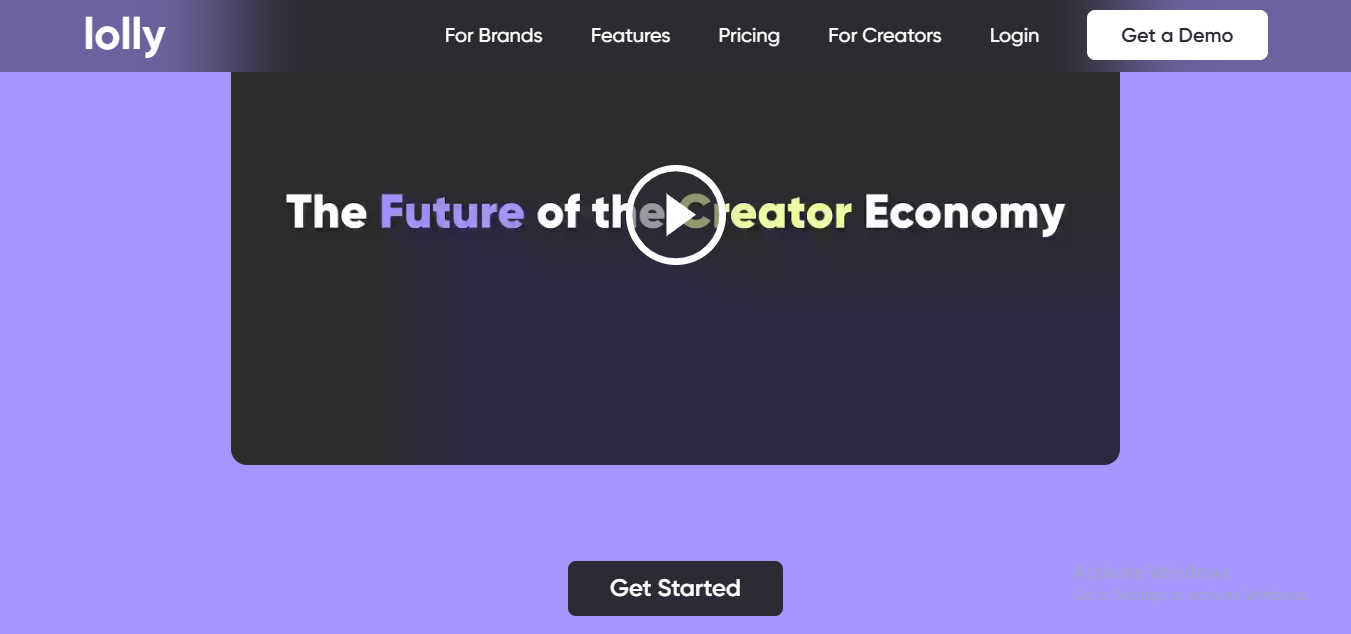
TL;DR – If TikTok had a baby with Bumble.
Lolly is super vibey and clearly built for the short-form crowd. Great for reaching Gen Z, especially on TikTok and Reels.
What I liked:
-
Super intuitive swipe-based UX.
-
Easy collab matching with chill chat features.
What I didn’t vibe with:
-
Still kinda new, so brand selection is limited.
-
Mostly influencer-focused—brands might find it lightweight.
Pros:
Ultra-gen Z friendly
Swipe to match style UI
In-app messaging
Cons:
Still growing
Limited analytics
Price Range: $-$$
7. The Cirqle – The Classy, No-Fuss Pro
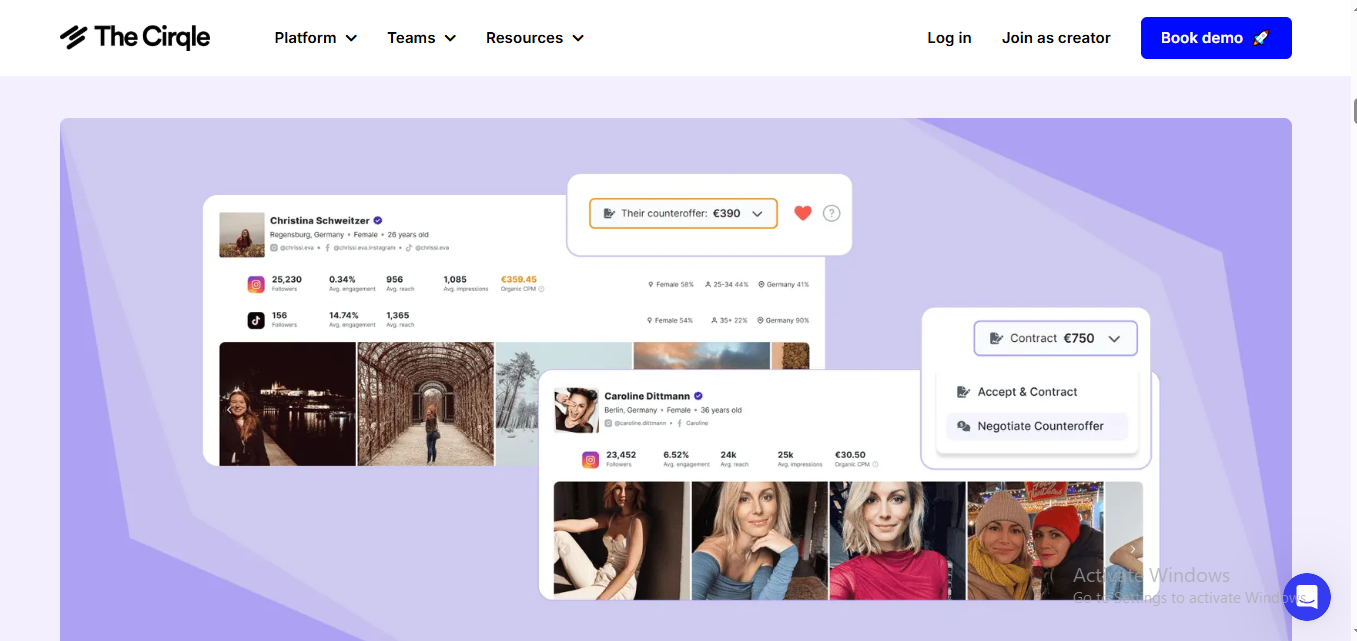
TL;DR – Like the Apple of influencer tools.
The Cirqle is polished. It’s made for marketers who want everything organized AF and campaigns that run like a Swiss watch.
What I liked:
-
You can manage influencers, content rights, payments, and more—all in one place.
-
Campaign briefs are super customizable.
What I didn’t vibe with:
-
Took a hot minute to get my first campaign live.
-
Price feels premium, even for smaller users.
Pros:
Clean UI
Full campaign management
Smart content licensing
Cons:
Can be pricey
Needs more influencer discovery tools
Price Range: $$$
8. Popular Pays – The Chill Content Playground
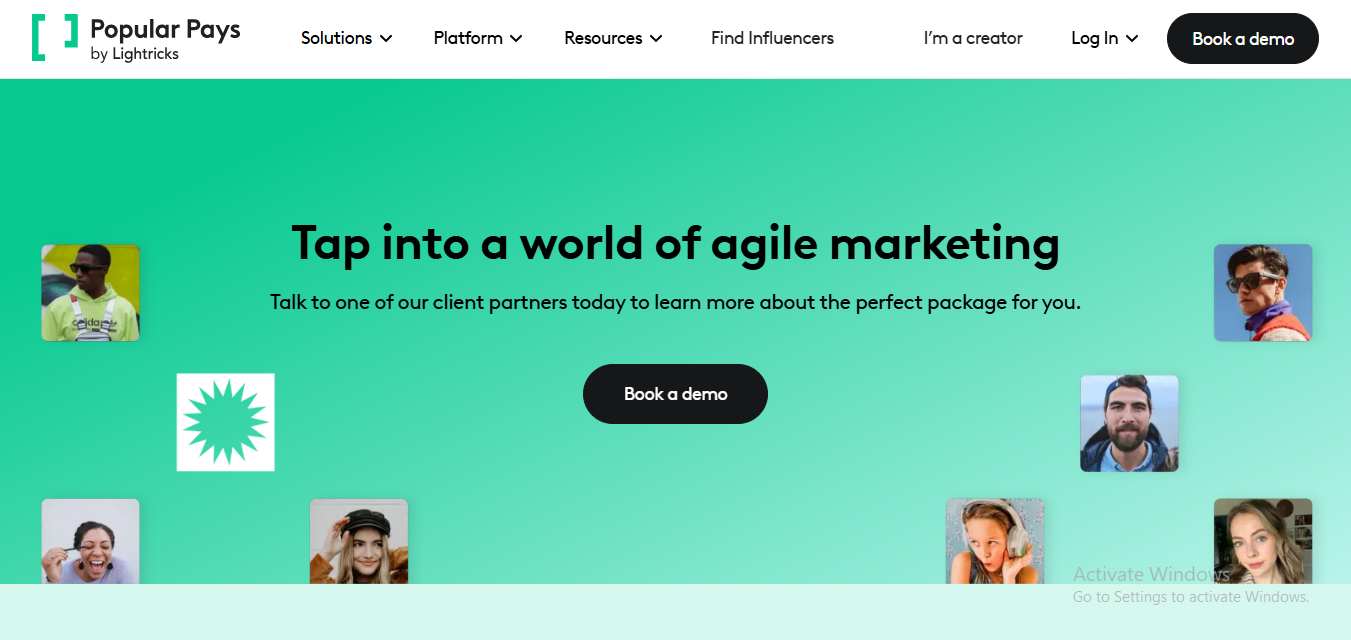
TL;DR – Best for brands who want content and vibes.
Popular Pays (aka Pop Pays if you’re tight with them) feels like a fun creative studio disguised as a collab tool. It connects brands with creators for content creation—not just influence. Big mood if you’re after UGC.
What I liked:
-
Campaigns are quick and easy to launch. It’s like Tinder, but for finding talent.
-
UGC focus is strong—you can get amazing photos, vids, reels, etc., without running a full influencer ad campaign.
What I didn’t vibe with:
-
Influencer search filters could def use some love.
-
Not great for building long-term influencer relationships.
Pros:
Fire for UGC
Slick UI
Budget-friendly for quick projects
Cons:
Meh for influencer analytics
Not ideal for ambassador-style partnerships
Price Range: $$
9. Collabstr – The Fiverr of Influencer Deals
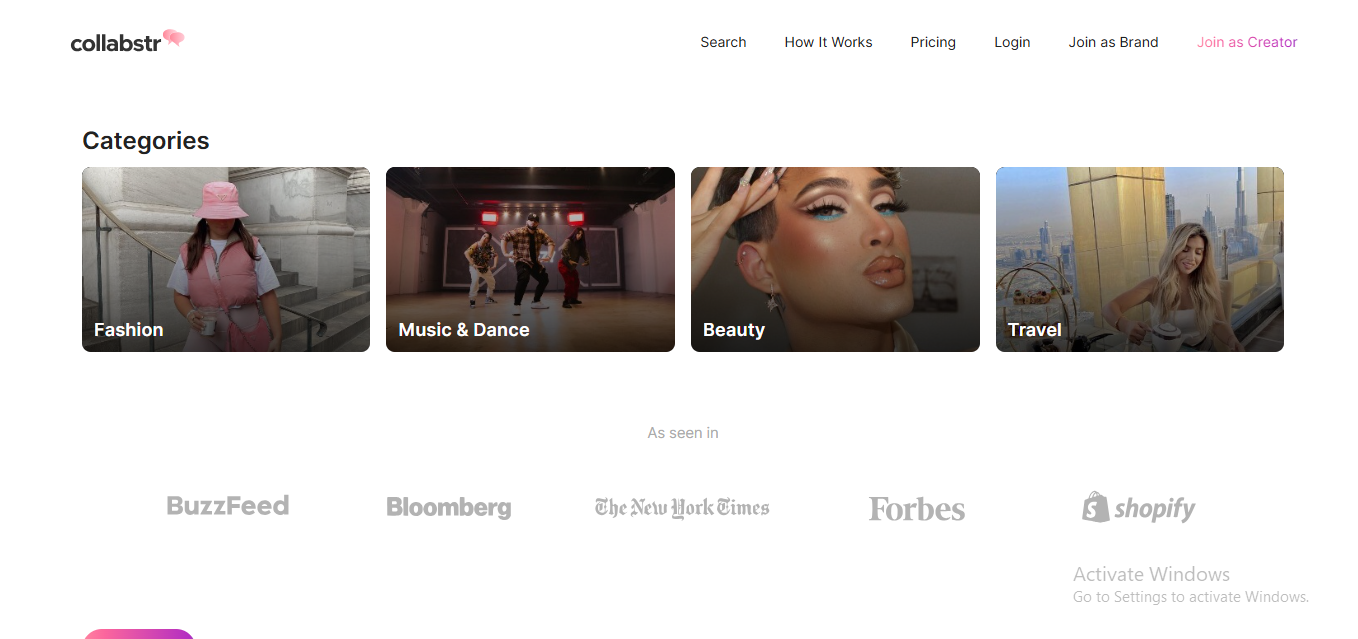
TL;DR – Buy a shoutout like it’s a latte.
Okay, Collabstr is for anyone who loves ordering stuff online—because you literally browse creator profiles, pick one, pay, and boom: instant collab.
What I liked:
-
Transparent pricing. I’m talkin’ no surprises, no creepy DMs, just clean “add to cart” energy.
-
Super easy if you’re running a quick promo or giveaway.
What I didn’t vibe with:
-
No real relationship building—it’s very transactional.
-
Creators vary wildly in quality (you get what you pay for sometimes).
Pros:
Simple AF to use
Upfront pricing
No pitching drama
Cons:
No campaign analytics
Zero community vibe
Price Range: $ (budget-friendly heaven)
10. Kolsquare – The Euro Sophisticate

TL;DR – Fancy name, serious data.
Kolsquare (Key Opinion Leaders, get it?) is a solid tool for big brands wanting to scale globally. Based in Europe, but plays well worldwide.
What I liked:
-
Amazing insights into influencer audience data—think psychographics, not just demographics.
-
Email campaigns + influencer management in one tool.
What I didn’t vibe with:
-
UI feels a lil’ corporate and cold. Like… give me some color, pls?
-
Pricing isn’t transparent (aka, you gotta ask… ugh).
Pros:
Deep analytics
Multilingual campaigns
Great for enterprise brands
Cons:
Not beginner-friendly
Takes time to onboard
Price Range: $$$
11. Captiv8 – The Influencer CRM That Slaps

TL;DR – Like Salesforce for influencer marketing.
Captiv8 is built for those big-time marketers who like to keep tabs on everything—from reach to ROI. It’s a beast of a platform, but it’s got receipts.
What I liked:
-
So. Much. Data. Like… you can stalk an influencer’s audience growth over years.
-
Killer automation features for tracking posts and payments.
What I didn’t vibe with:
-
Takes forever to set up if you’re new to influencer stuff.
-
Not cute. The UI is doing the bare minimum visually.
Pros:
Full campaign tracking
Integrates with eCom platforms
Tons of filters and insights
Cons:
Steep learning curve
Big brand vibes only
Price Range: $$$
12. Aspire (formerly AspireIQ) – The Crowd Favorite
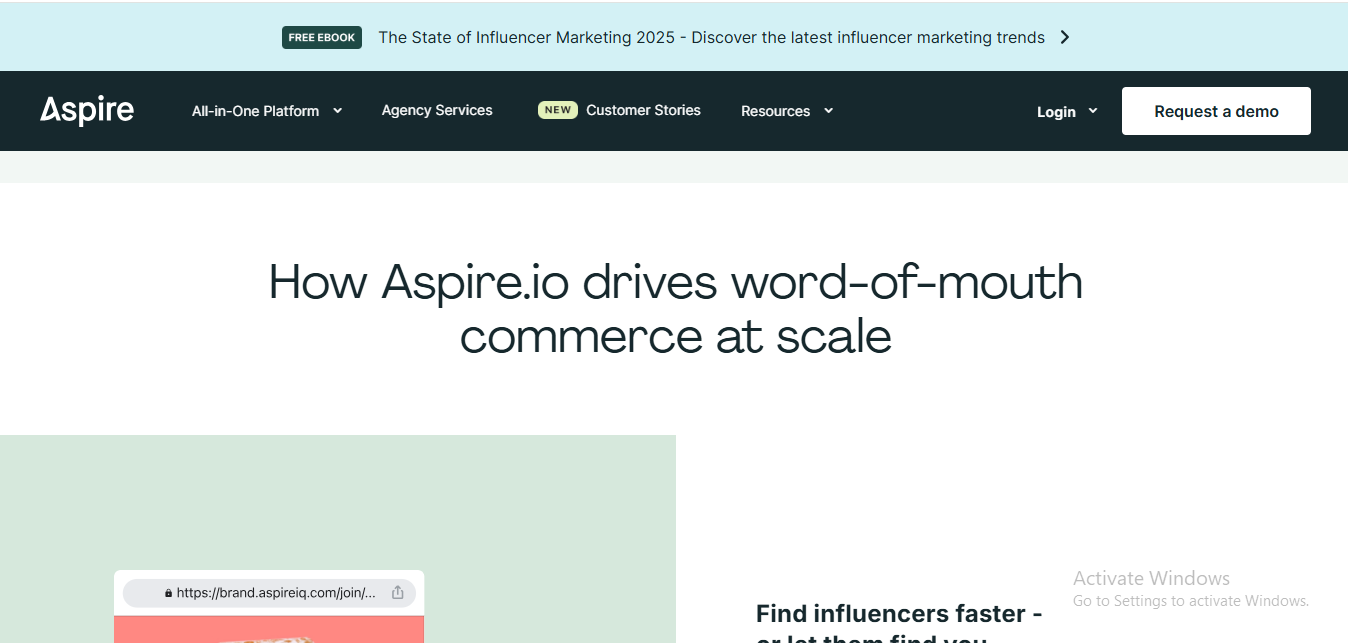
TL;DR – Like a golden retriever: friendly, reliable, and well-loved.
Aspire is that influencer platform you just know is gonna deliver. It’s been around, and it keeps getting better—especially for DTC and Shopify brands.
What I liked:
-
One of the best creator discovery tools out there.
-
Handles product gifting, shipping, messaging, and contracts in one place. Time-saver 101.
What I didn’t vibe with:
-
A lil’ pricey for small biz owners.
-
Customer service can be hit or miss depending on your tier.
Pros:
End-to-end campaign management
Intuitive design
Huge creator marketplace
Cons:
Not super cheap
Can feel a bit templated sometimes
Price Range: $$-$$$
13. TRIBE – Crowd-Powered Creativity
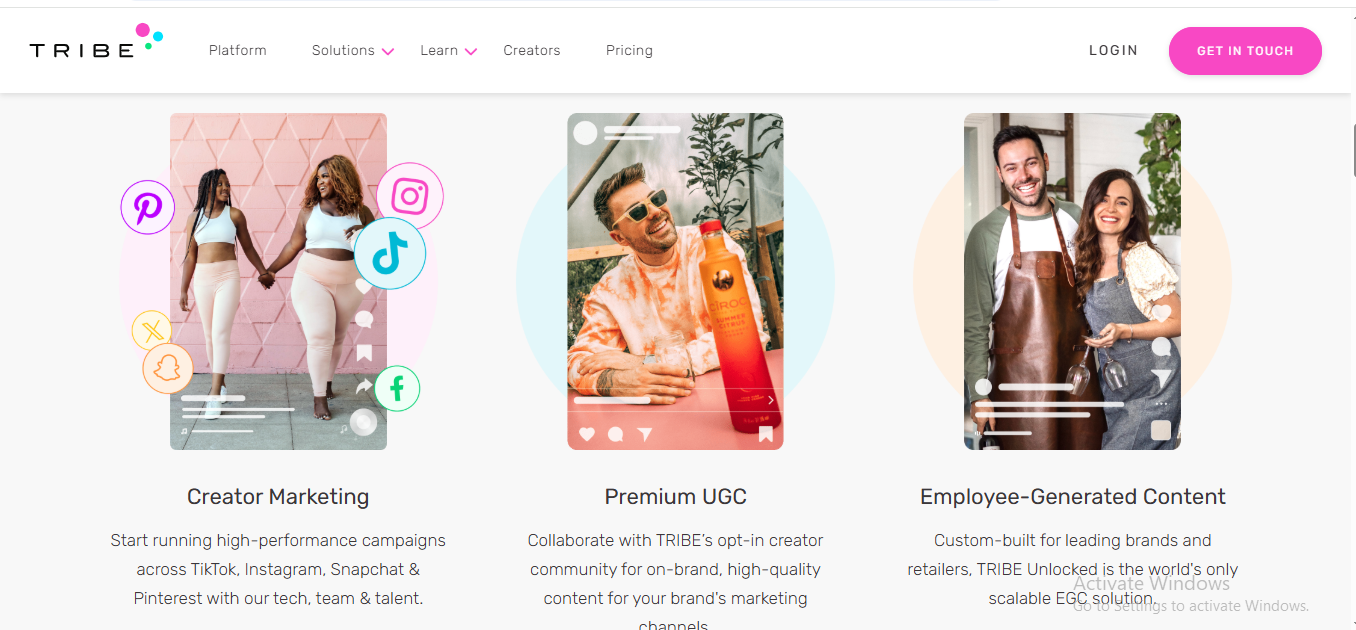
TL;DR – Post a brief, get a wave of pitches. It’s influencer Shark Tank.
TRIBE’s whole deal is you put out a campaign brief, and creators pitch you ideas. No chasing, just scroll through content options and pick what slaps.
What I liked:
-
You only pay for the content you love—no more awkward “thanks but no thanks.”
-
Great way to get creative ideas you wouldn’t have thought of.
What I didn’t vibe with:
-
Not ideal for building long-term creator relationships.
-
Sometimes overwhelming to sort through 100+ pitches.
Pros:
Fast UGC sourcing
Built-in content licensing
Pay-as-you-go model
Cons:
Less strategy, more one-off content
Can attract spammy pitches
Price Range: $-$$
14. Braze – Not Exactly An Influencer Platform (But Hear Me Out)
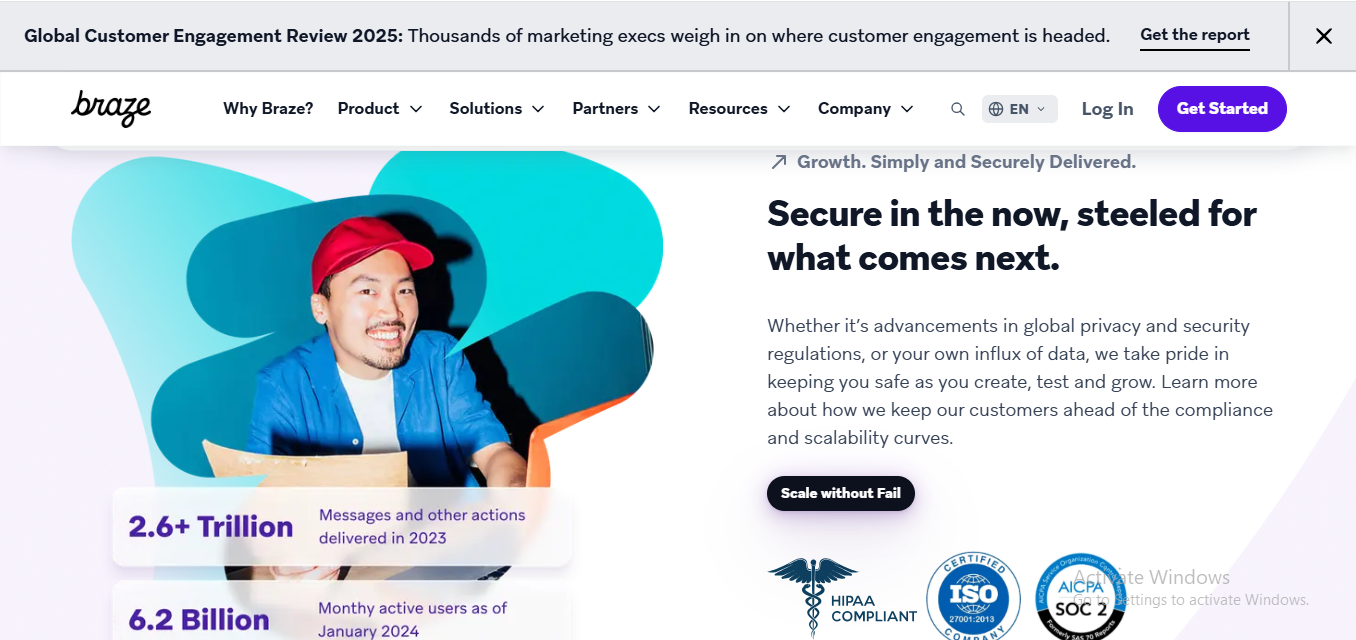
TL;DR – More CRM, less collab tool—but still useful.
Okay, Braze isn’t technically an influencer marketing platform, but it’s a customer engagement tool that can be chef’s kiss when integrated into influencer strategies.
What I liked:
-
You can turn influencer leads into real customers by tracking their behavior post-campaign.
-
Email, SMS, push—all in one CRM-ish beast.
What I didn’t vibe with:
-
Not for noobs. You need a marketing brain to get the most out of it.
-
No creator discovery—so it works after the collab, not before.
Pros:
Powerful data for customer journeys
Great for retargeting influencer-driven traffic
Boosts long-term conversions
Cons:
Not built for influencer campaigns
Pricey for small teams
Price Range: $$$
15. IZEA
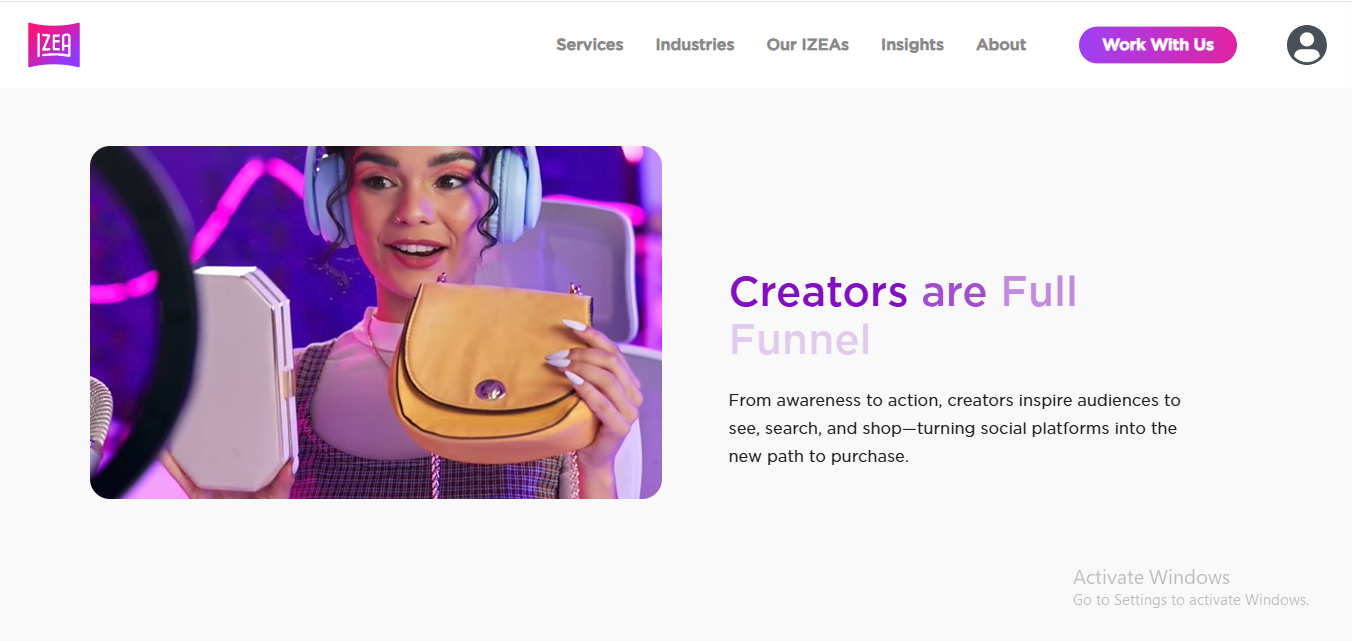
What I Loved:
-
Diverse Creator Marketplace: IZEA boasts a vast network of creators across various niches, making it easier to find the perfect match for your brand.
-
Comprehensive Campaign Management: From discovery to payment, IZEA offers end-to-end solutions, streamlining the entire influencer marketing process.
What I Didn’t Love:
-
Pricing Transparency: While IZEA offers robust features, the pricing can be a bit steep for startups or small businesses.
Pricing: Custom pricing based on campaign needs.
16. Insense
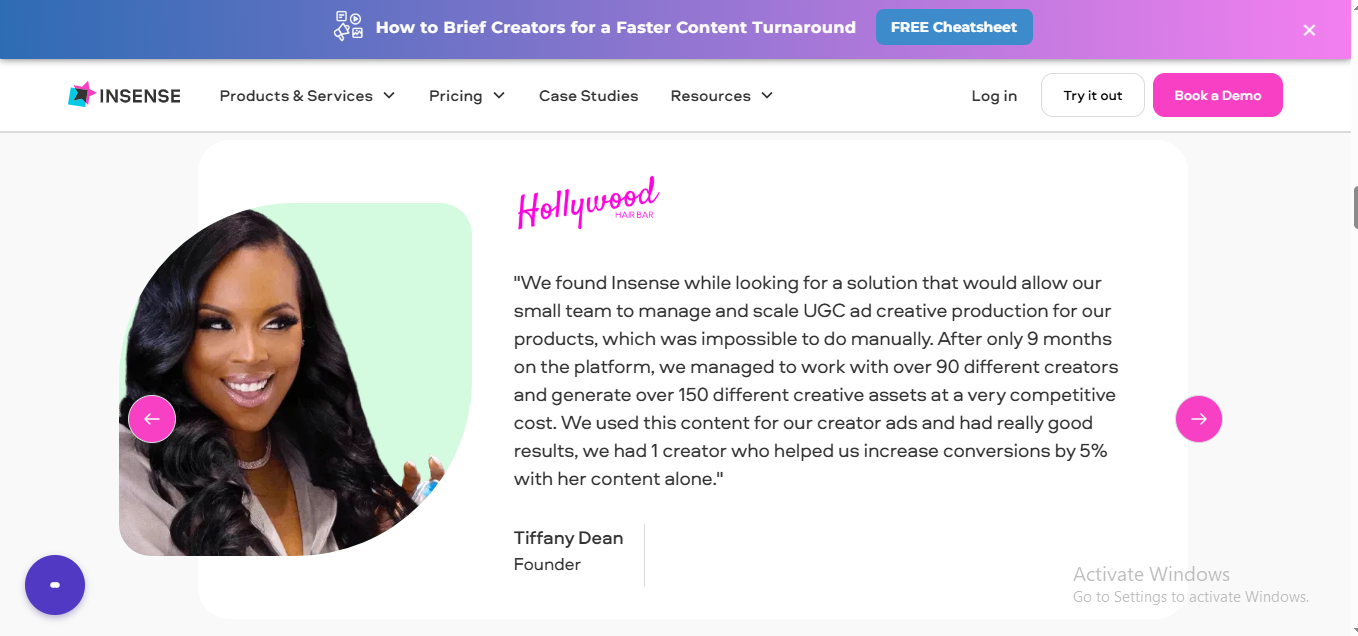
What I Loved:
-
User-Friendly Interface: Navigating through Insense is a breeze, making campaign setup quick and efficient.
-
Creative Collaboration: Allows brands to co-create content with influencers, ensuring authentic and engaging campaigns.
What I Didn’t Love:
-
Limited Influencer Pool: While quality is high, the platform’s influencer database isn’t as extensive as some competitors.
Pricing: Starts at $299/month.
17. Influence.co
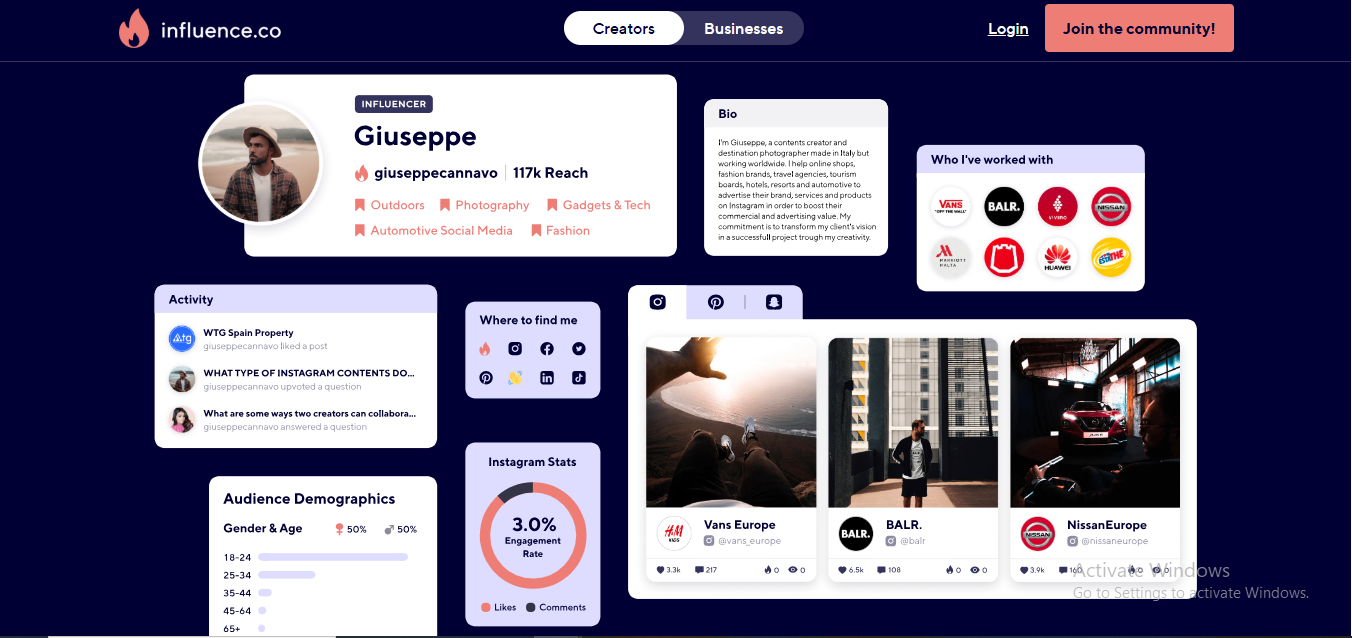
What I Loved:
-
Community Vibes: It’s not just a platform; it’s a community where influencers and brands can connect organically.
-
Portfolio Feature: Influencers can showcase their work, making it easier for brands to assess fit.
What I Didn’t Love:
-
Limited Campaign Management Tools: While great for discovery, it lacks some advanced campaign management features.
Pricing: Free basic plan; premium features available at additional cost.
18. Influencer.com
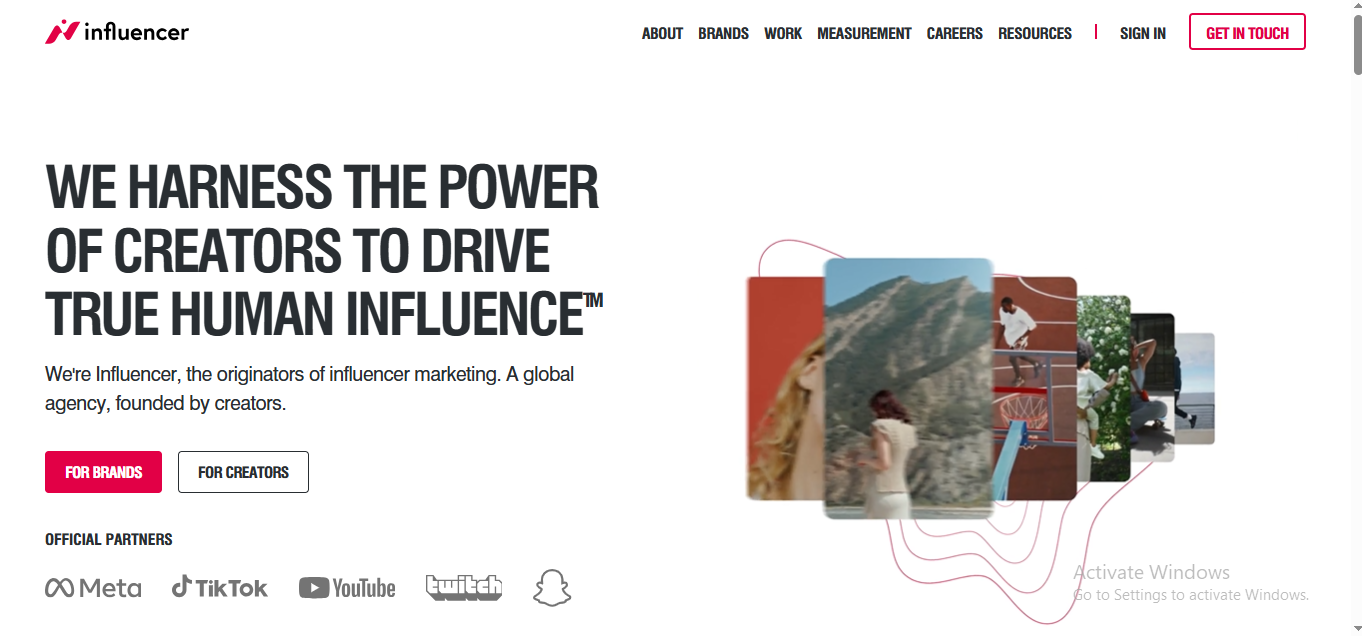
What I Loved:
-
Data-Driven Insights: Offers in-depth analytics to measure campaign performance effectively.
-
Global Reach: Access to a wide range of influencers across different regions and niches.
What I Didn’t Love:
-
Complex Interface: Might have a steeper learning curve for beginners.
Pricing: Custom pricing based on campaign requirements.
19. Later
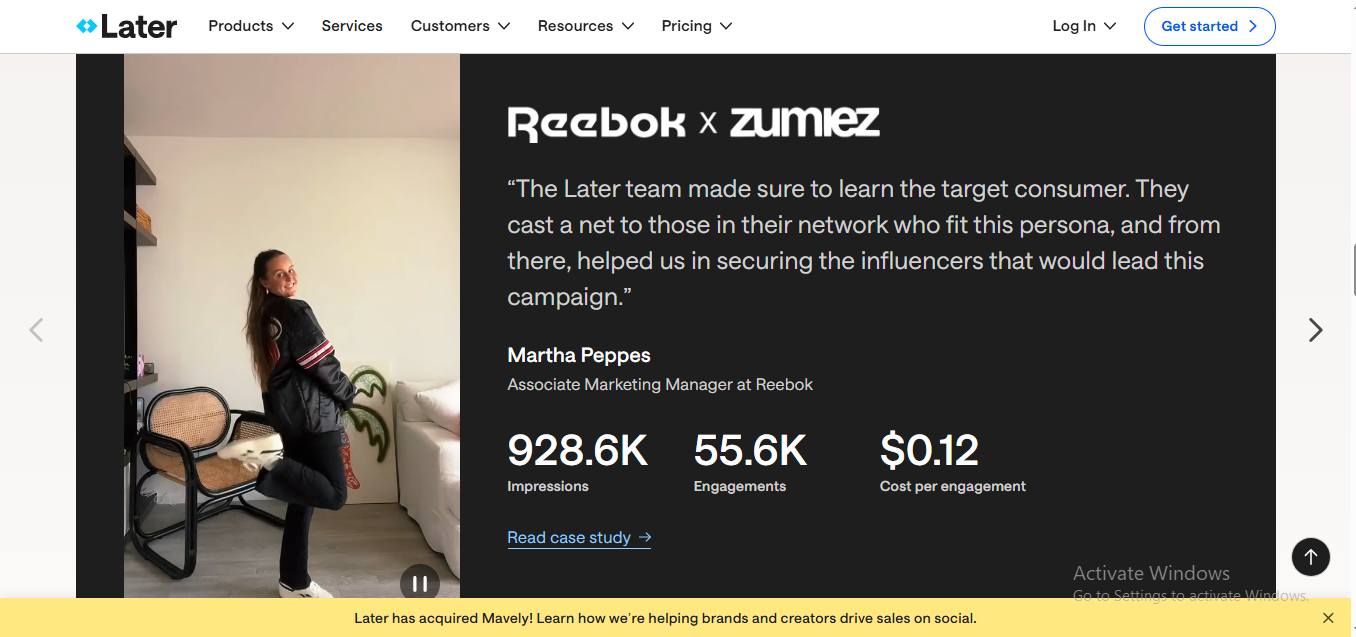
What I Loved:
-
All-in-One Platform: Combines social media scheduling with influencer marketing tools.
-
Visual Content Calendar: Helps in planning and visualizing campaigns effectively.
What I Didn’t Love:
-
Limited Influencer Discovery: While great for management, discovery features could be more robust.
Pricing: Starts at $15/month; influencer marketing tools available in higher-tier plans.
20. SHOUT Agency
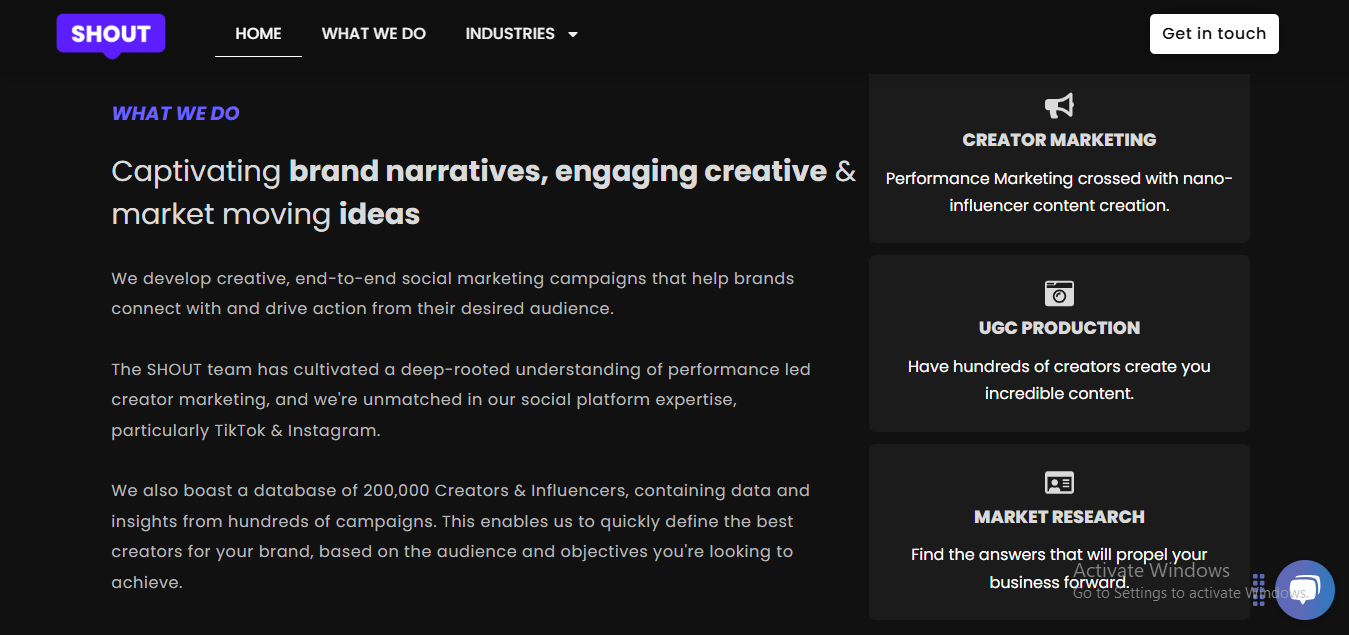
What I Loved:
-
Nano-Influencer Focus: Specializes in campaigns with nano-influencers, offering high engagement rates.
-
Creative Campaigns: Known for out-of-the-box campaign ideas that resonate with audiences.
What I Didn’t Love:
-
Limited Platform Features: More of an agency than a self-service platform, which might not suit all brands.
Pricing: Custom pricing based on campaign scope.
21. Klear
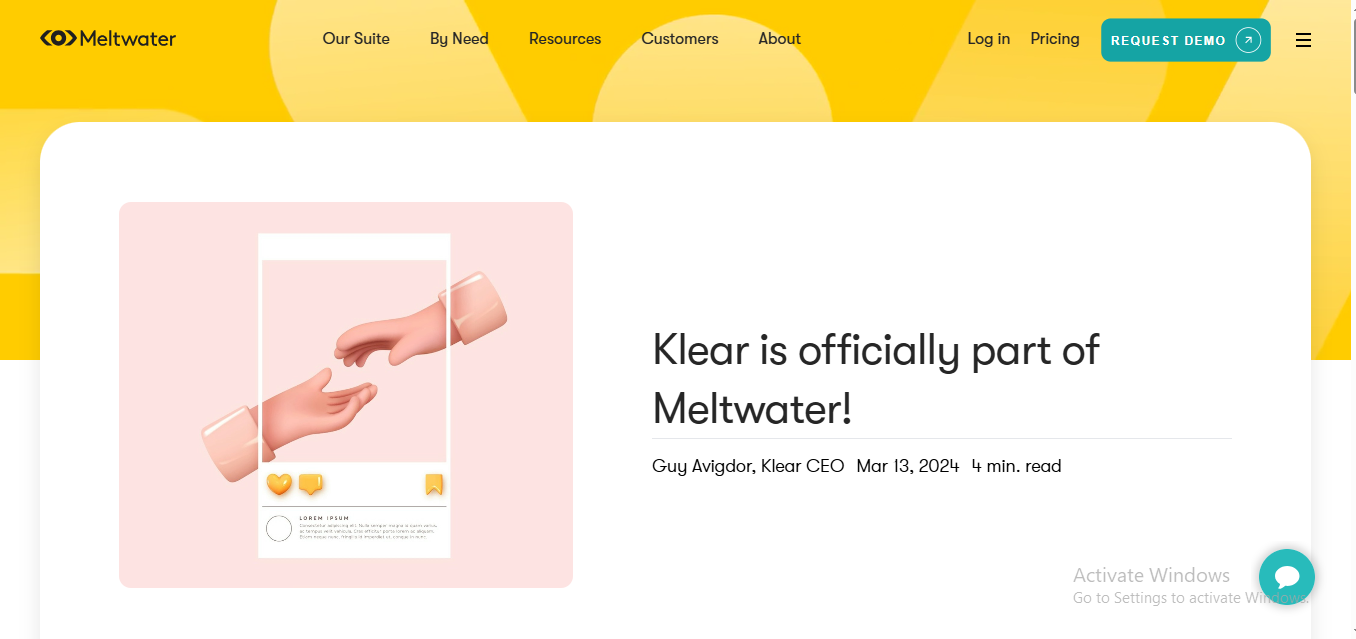
What I Loved:
-
Advanced Analytics: Provides deep insights into influencer performance and audience demographics.
-
CRM Features: Helps in managing long-term relationships with influencers.
What I Didn’t Love:
-
Premium Pricing: Offers powerful features, but at a higher price point.
Pricing: Custom pricing; demo available upon request.
22. Brandbassador

What I Loved:
-
Gamified Engagement: Brandbassador turns ambassador tasks into fun missions, making it engaging for influencers to promote your brand.
-
Comprehensive Dashboard: The platform offers a centralized hub to manage ambassadors, track performance, and handle rewards.
What I Didn’t Love:
-
Learning Curve: The gamified system, while fun, can be a bit complex for newcomers to navigate initially.
Pricing: Custom pricing based on brand needs.
23. ShoutUGC
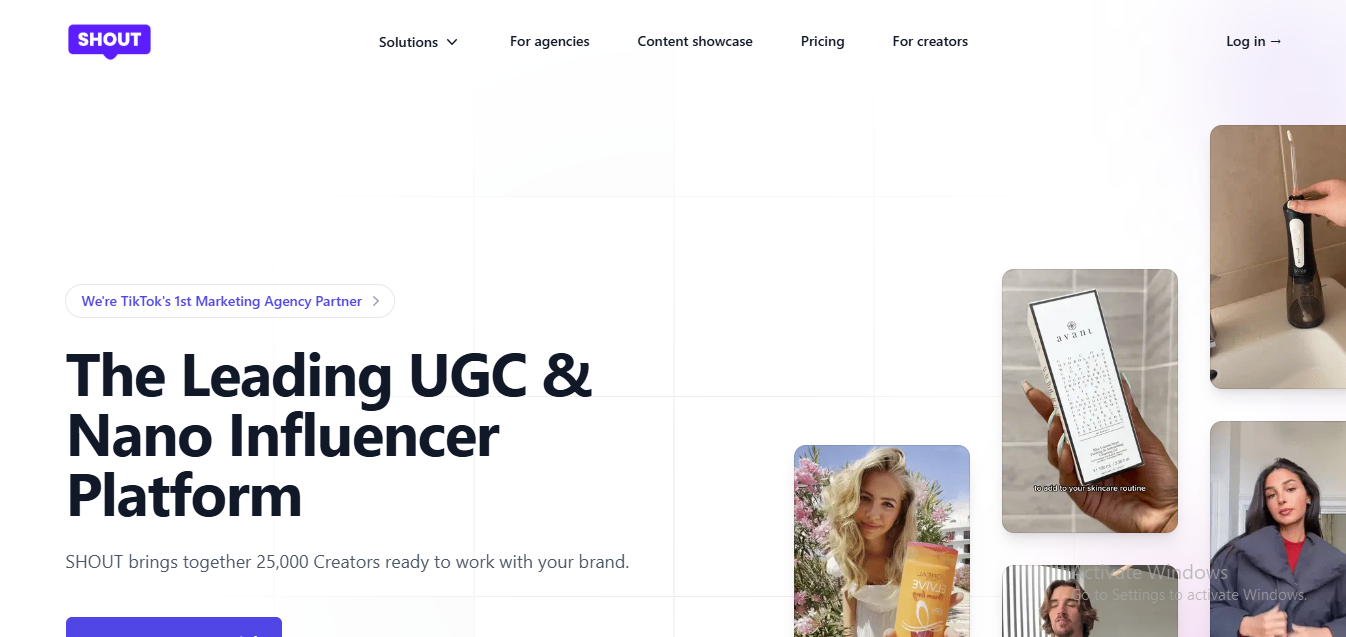
What I Loved:
-
UGC Focus: ShoutUGC emphasizes user-generated content, allowing brands to collect authentic content from real customers.
-
Ease of Use: The platform is straightforward, making it easy to request and manage UGC campaigns.
What I Didn’t Love:
-
Limited Influencer Network: The platform is more UGC-centric and may not offer a vast influencer database.
Pricing: Varies based on campaign requirements.
24. CreatorIQ
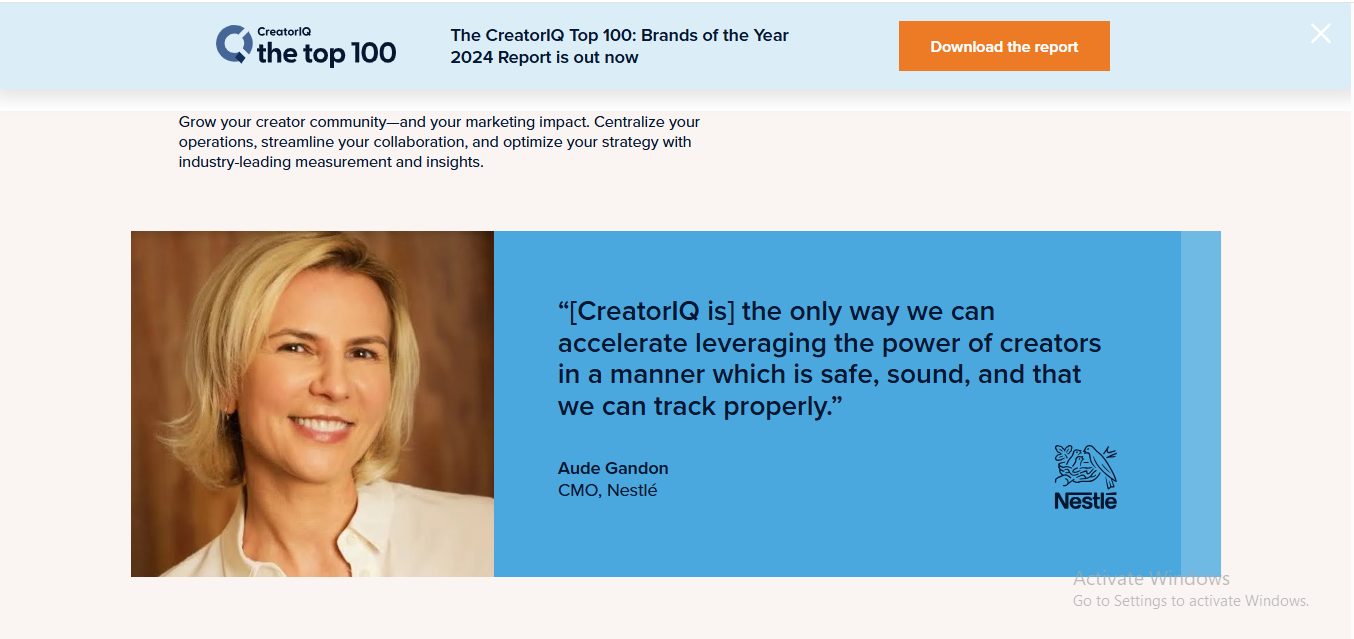
What I Loved:
-
Robust Analytics: CreatorIQ offers in-depth analytics, helping brands measure campaign performance effectively.
-
Integration Capabilities: The platform integrates seamlessly with various tools, enhancing workflow efficiency.
What I Didn’t Love:
-
Enterprise-Focused: The platform is geared towards larger brands, which might make it less accessible for smaller businesses.
Pricing: Custom pricing tailored to enterprise needs.
25. InfluencerMarketing.ai
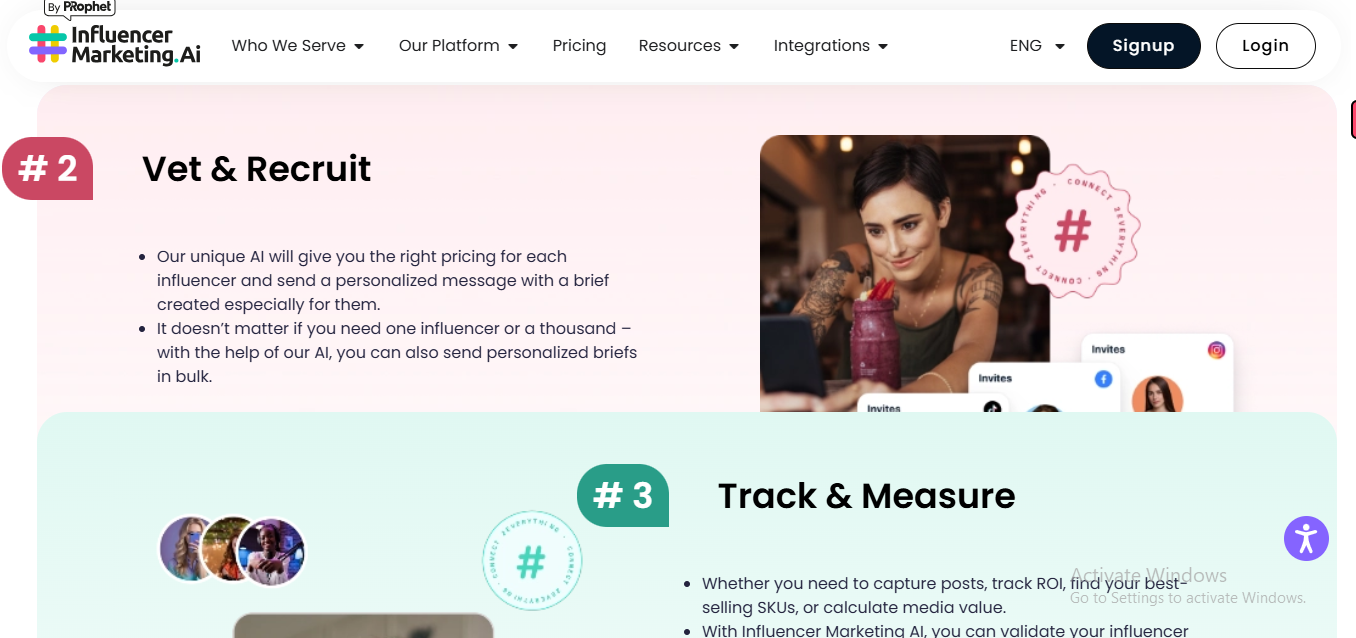
What I Loved:
-
AI-Powered Matching: The platform uses AI to match brands with suitable influencers, streamlining the discovery process.
-
Campaign Automation: Automates various aspects of influencer campaigns, saving time and resources.
What I Didn’t Love:
-
Newer Platform: Being relatively new, it might lack some features found in more established platforms.
Pricing: Flexible pricing options based on features.
26. Traackr

What I Loved:
-
Data-Driven Approach: Traackr offers comprehensive data analytics, helping brands make informed decisions.
-
Global Reach: The platform supports global influencer campaigns, making it ideal for international brands.
What I Didn’t Love:
-
Complex Interface: The extensive features can be overwhelming for new users.
Pricing: Custom pricing based on brand requirements.
27. Upfluence
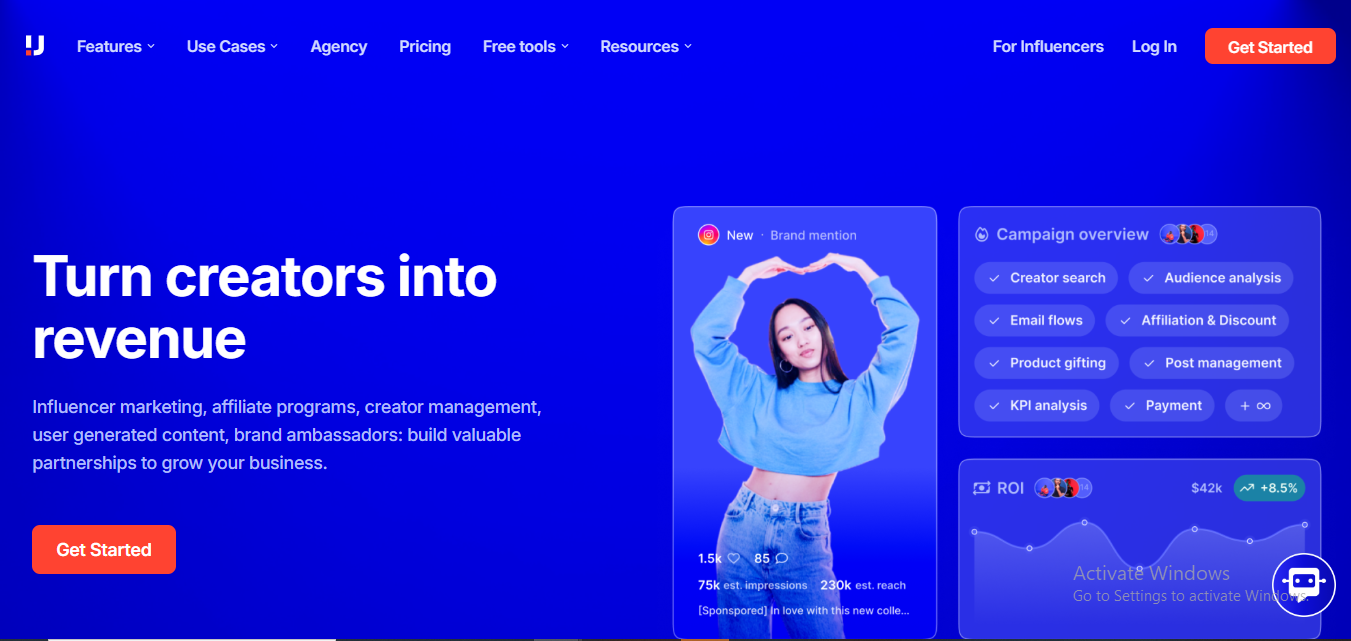
What I Loved:
-
Integrated E-commerce Tools: Upfluence integrates with platforms like Shopify, aiding in seamless influencer collaborations.
-
Real-Time Analytics: Provides real-time data to monitor campaign performance effectively.
What I Didn’t Love:
-
Pricing Transparency: Detailed pricing information isn’t readily available, requiring direct contact for quotes.
Pricing: Custom pricing tailored to business needs.
28. Meltwater

What I Loved:
-
Comprehensive Suite: Meltwater offers a range of tools, from media monitoring to influencer marketing, providing a holistic approach.
-
AI-Driven Insights: Utilizes AI to derive actionable insights from data, enhancing campaign strategies.
What I Didn’t Love:
-
Enterprise-Oriented: Primarily designed for larger organizations, which might not suit smaller brands.
Pricing: Custom pricing based on organizational needs.
- Best LeadsGorilla Alternatives for 2025 - April 22, 2025
- Best Leadzai Alternatives for 2025 - April 22, 2025
- Best LeadSwift Alternatives for 2025 - April 21, 2025




